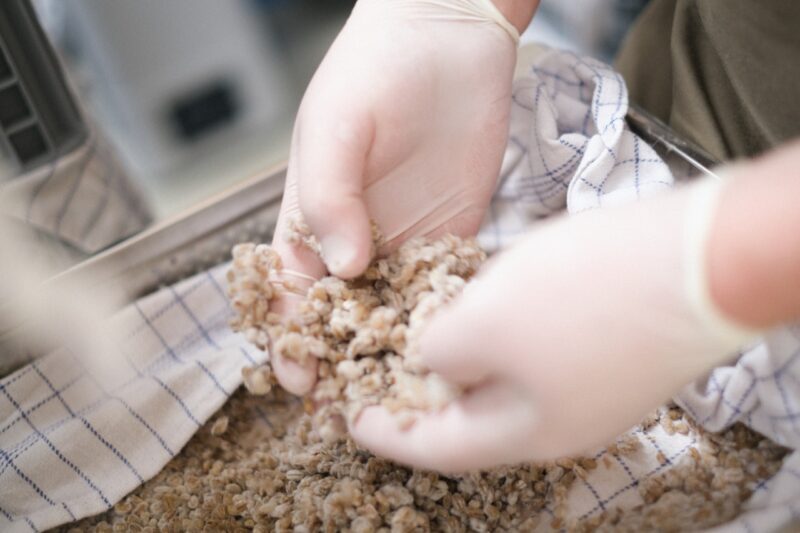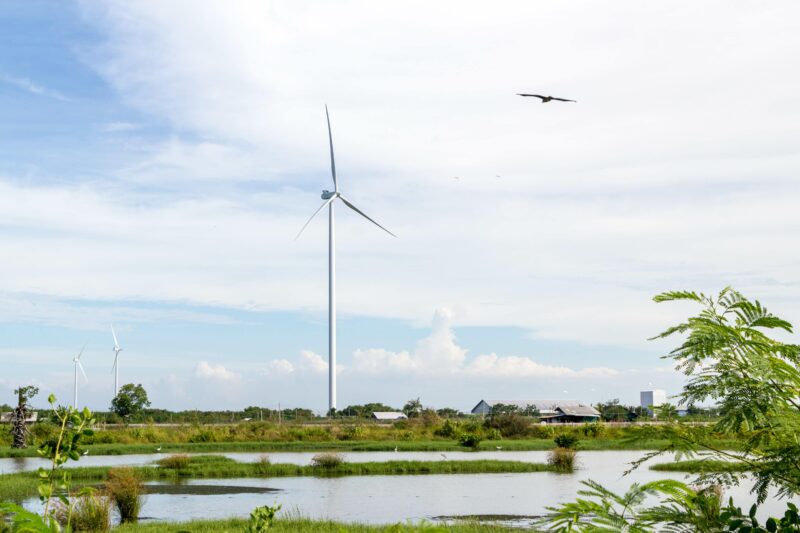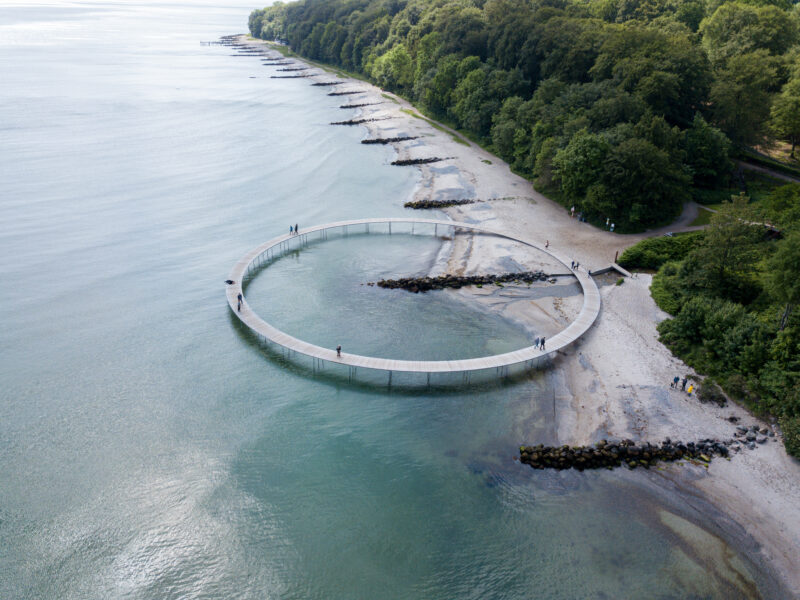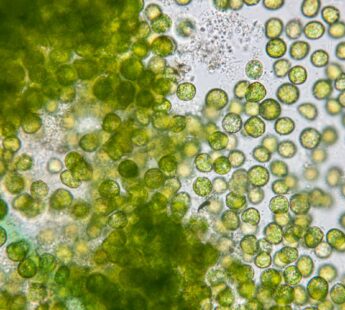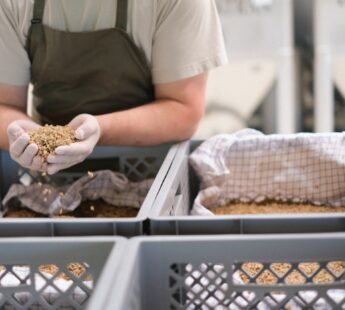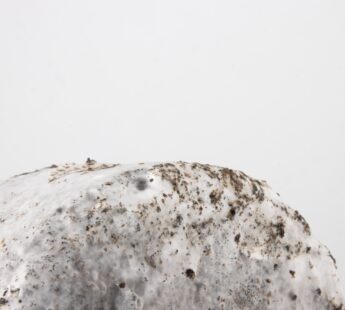News
Cutting Fuel Consumption with Paint


Take a 250 meter supertanker and look at its fuel consumption, it is around 50 tonnes a day. A figure that can be reduced by 6-8%, simply by optimising the coating on the ship bottom, thus minimising drag caused by fouling, as well as creating a smoother surface for sailing on sea.
One of such products has been developed by Hempel, who have produced a coating recently nominated for a Product Award from the Confederation of Danish Industry.
“When a ship is stationary, algae and mussels start to grow, which increases water resistance once the ship sails, thus increasing fuel consumption and associated costs. The Hempagaurd marine coating effectively holds fouling organisms at bay while cutting friction to a minimum, explains Product Manager at Hempel Claes Skat Rørdam.
- Read more about: Maritime Transportation
The issue with algae and mussels has been a rising, especially during the years of financial crisis, where many ships have had extended idle periods. Upon sailing, the increased water resistance could push up fuel consumption as much as 40%:
“With previous technologies, the ships in harbor could lay for up to 4 weeks. With our coating technology, they can lay for up to 4 months. Furthermore, our tests have shown that our coating retains its effectiveness when switching between slow and fast steaming anywhere in the world. This is particularly interesting for bulk carriers that can be redirected at short notice, as well as larger container vessels and tankers that may wish to increase speed to meet schedules, or slow steam to achieve extra fuel savings,” Claes Skat-Rørdam says.
During the first year on the market, the coating has been applied to 135 vessels.
Source: Confederation of Danish Industry / Hempel
